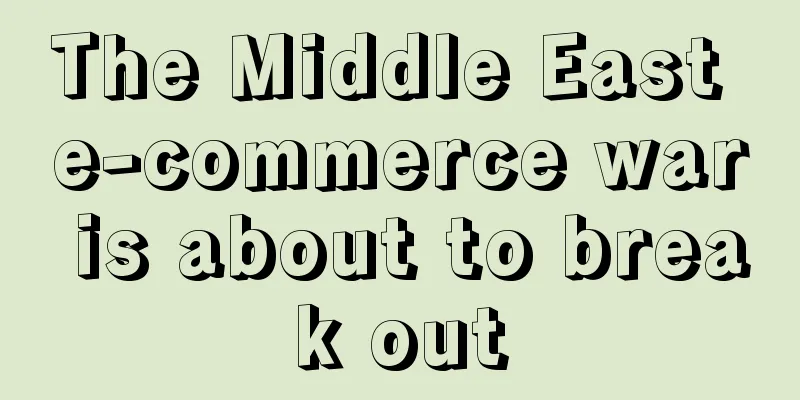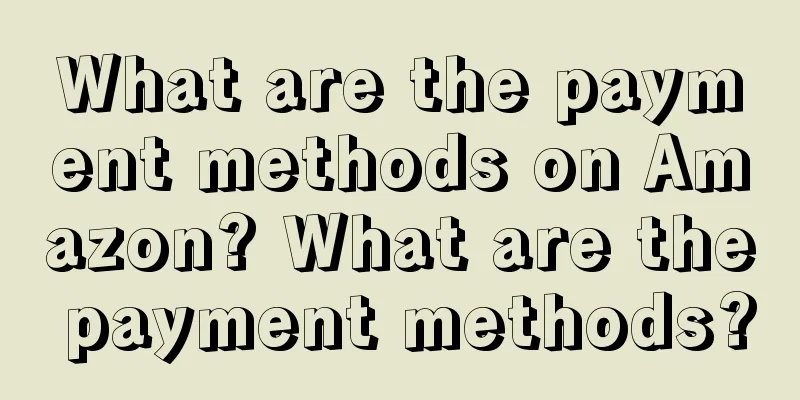Kimi chat's reward payment model has hidden secrets and has huge advantages compared to direct payment!

Recently, many domestic AI products have been exploring payment models. After all, this type of product consumes a lot of computing power, and companies cannot sustain it in the long term by simply providing it to users for free. Yesterday, when the author was chatting with everyone in the group about AI products, he saw a kimiChat picture and found it very interesting. Before the emergence of AI products, our common payment method was a monthly subscription, just like the membership of some video websites. However, we found that the payment model of many AI products has added usage restrictions on the premise of monthly subscription. For example, Midjourney limits the maximum number of images that paying users can quickly generate each month. The reason is that the cost structure of AI products and the products of the video websites we mentioned earlier is very different. Since video websites only have a very small bandwidth cost after all the content is shot, adding new paid members will not bring much more costs to the company. However, the cost of AI products, especially those that generate AI, is mostly the consumption of computing power, which means that the more users use it, the more the company needs to pay. Therefore, the usage limit is set. At this point, the payment method mentioned is actually just a monthly subscription plus a usage limit. But the payment method of kimiChat that I saw yesterday made me feel bright. We can first look at this picture, and we will find that Kimi’s payment model is not described in terms of payment rights, but in terms of rewards. The difference here is actually huge. The first is the difference in the user's perspective: for a user, if I pay in the name of purchase and then use the corresponding rights and interests, then my expectations for the entire product capability will be relatively high, and I will think that my relationship with this product is a transactional relationship rather than more emotional. The way of rewarding is very different. The psychological changes in between can be referred to the feeling of the big brother on the list rewarding the anchor, or the feeling of the big brother taking the lead rewarding the younger brother. The result is that after I give you a reward, I will treat you as my own. In this way, the relationship between users and products is shortened. User stickiness is naturally enhanced. Just like there is a magical effect in psychology. [The depth of our feelings for a person is not how good he is to you, but how good you are to him. This direction has a greater impact]. If we delve deeper into the psychology of tipping, we will find another bright spot. What does the tipping behavior itself represent? It is very simple. It represents the user's recognition of the product. Users will reward products only when they think that the product is useful and solves their needs. However, when Kimichat designed the payment model, it changed the paid purchase behavior into a reward behavior. This strengthens the psychological suggestion of users' recognition of the product from the opposite direction. But in fact, the essence is still the same. We can also see from the picture that different amounts are used to purchase different priority use days. We can also draw an analogy from real life examples. If a user buys something that is not very useful, but in order not to appear to be a sucker, he will still tell others: This thing is very good. Of course, this does not mean that Kimichat's products are bad. In my actual use, it is still OK. We are just analyzing this approach from the perspective of user psychology. We just analyzed it from the user's perspective, but from other perspectives, there are actually more benefits. For example, when the product design team sees the user's reward, they will feel that the product they made is recognized by the user. This can motivate the product design team to continue to optimize functions and experience, continue to innovate, and provide better services to users. In this respect, this way of describing rewards can even have certain benefits for the work efficiency of the team within the company. For the company, a certain amount of income can also help the company develop sustainably and help the team obtain more resources, thus avoiding the situation where the company only spends the investors' money and then goes bankrupt and runs away. At the same time, we can also conduct some initial exploration of the business model of AI assistant products. In fact, the main income of most Internet products nowadays is advertising. However, once advertising is added, it will definitely affect the user experience, and will affect important experience indicators such as ease of use, discoverability, and attention guidance when users use the product. In addition, KimiChat also has a very eye-catching design when designing rewards at different prices. We can see that different prices in the picture correspond to different days of use. If you look closely, you will find that some irregular days are used here. For example, 4 days, 8 days, 23 days, 40 days, etc., instead of the common monthly amount we see. According to the author's understanding, one advantage of irregular days is that it can avoid analogies with traditional paid monthly products. For example, if it comes to 36 yuan a month, users will think that they don't even want to pay for a 20-yuan monthly Youku membership, so they shouldn't buy it. Another highlight is that a reverse price-sensitive anchor may be used here to promote users’ willingness to pay. The meaning of price anchor is that I saw a bottle of mineral water in Starbucks, which was priced at 25 yuan, and the coffee next to it was priced at 29 yuan. After comparing the price of mineral water, users would think that the 29 yuan coffee was not expensive. But in fact, other brands of coffee may only sell for 9 yuan. This is the meaning of price anchor. If we carefully calculate the daily usage price in the figure, we will find that the pricing here does not vary according to the length of the day. There are many discounts on the price, which are basically concentrated at 2 yuan to 1.3 yuan per day as shown in the figure below: There is a very important information here. After comparing the price of buying 365 days with the price of buying 93 days, you will even find that the average daily price of buying 93 days is cheaper. So why is buying 93 days cheaper than the average price of buying 365 days? This is what the author said above about the reverse anchor point. According to common thinking, the average daily price is cheaper if you buy a year. But if the user calculates carefully and finds that buying 93 days is cheaper, then the user may be more willing to buy the 93-day reward (the last sentence of this paragraph is a very real and awkward description, yes, it is about buying rewards). The above may be partly an over-interpretation. But if Kimi Chat officials really had this idea in mind when designing this payment model, then we can only say that their product design capabilities are really amazing. Author: Du Zhao, WeChat public account: AI and User Experience |
<<: Xiaohongshu high-quality delivery notes production standards
>>: With the addition of video accounts, the wave of local life has become even bigger
Recommend
Is it a big investment to set up an independent website? What aspects require money?
An independent website is a website built and mana...
This batch of college students talks about cyber romance at Gu Ming
This article mainly discusses how the new tea beve...
Is Amazon's payment fast? How to get payment?
After opening a store on Amazon, everyone needs to...
What is the KYC audit for Amazon Europe? How can I be sure that the audit has started?
If an Amazon merchant triggers a KYC audit, then b...
eBay's fourth quarter home appliance sales incentive event
To support sellers in accelerating the development...
The love-hate entanglements of contemporary people are all in the emotional live broadcast room
Behind the popularity of emotional live broadcasts...
Which one has higher traffic, Lazada or Shopee? Which one is more profitable?
Nowadays, there are many friends who do cross-bord...
The "Little Princess of Anfu Road" who owns ten apartments in Shanghai has become an Internet celebrity...
Is the internet celebrity "Anfu Road Little P...
How to solve the problem of repeated registration on Shopee? What to do if registration fails?
Today, I will introduce the content of Shopee'...
After watching the World Cup, there are still many good copywritings to read
The charm of football is not only in winning the g...
WeChat secretly updated! This Chinese New Year limited function is now available
WeChat's limited-time Chinese New Year feature...
When is Amazon's Black Friday Cyber Monday? What can you do to prepare?
Amazon is a relatively well-developed cross-border...
The short drama on TikTok that has attracted 800 million users, is Hansu the winner behind the scenes?
In the traffic boom of Douyin short dramas, how di...
How does Wish achieve 10 orders per day? How can we place orders quickly?
The Wish platform is easy to operate and easy to u...
Is Amazon suitable for personal entrepreneurship? What are the advantages?
Amazon is a cross-border e-commerce platform. Gene...









